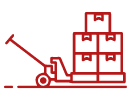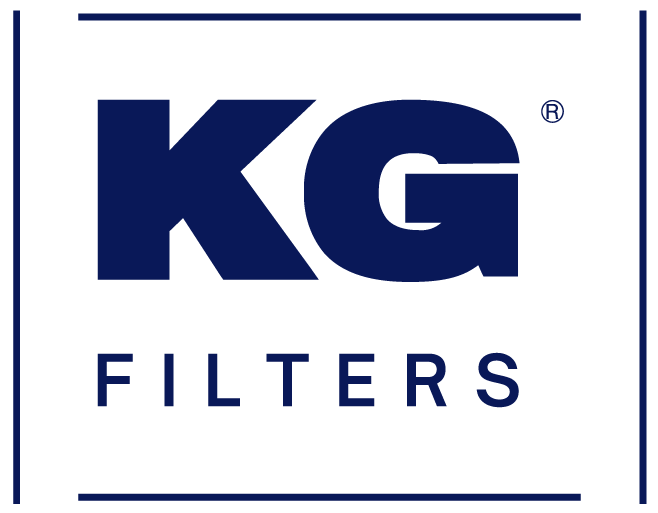Industrial machinery often experiences wear and tear due to high production levels, particularly in the moving parts where pressure and friction can rapidly degrade bearings. Lubricating bearings is crucial in preventing damage caused by friction and ensuring that machines perform optimally without the risk of breakdowns.
The role of lubrication is critical to the performance and longevity of bearings since they operate in imperfect environments where contaminants like dust, water, and particles from materials moved by the bearings are inevitable. Therefore, proper lubrication is essential for the optimal performance and longevity of bearings.
The Role of Lubrication in Bearing Performance and Longevity
Lubrication is the primary defense against particulate contamination. It seals the bearing housing, acting as a barrier against dust, dirt, and liquids, although it’s impossible to prevent all contaminants; lubrication minimizes damage when they occur. Here are some of the ways in which lubrication aids bearings in operating efficiently:
- Reducing Friction with Lubrication: In bearing assemblies, the load is supported by a small contact point, often only a few microns in size. Lubrication enables these contact points to move more freely, reducing friction and leading to more efficient and cost-effective system operation.
- Preventing Corrosion Through Lubrication: Corrosion can negatively affect materials, reducing their flexibility, smoothness, and longevity. Lubrication serves as a shield between bearings and their environment, protecting them from exposure to air, water, or other liquids or gases that cause corrosion.
- Regular Maintenance and Lubrication: Lubricants absorb materials while protecting bearings; hence it is critical to apply lubrication frequently. During every regular maintenance cycle, lubrication should be checked and applied as necessary, which may involve draining the oil, changing filters, flushing grease out of bearings, and applying a fresh layer.
Best Practices for Lubricating Bearings
Maintaining the efficiency of applications requires proper bearing lubrication. However, incorrect, or low-quality lubrication can do more harm than good, leading to problems for both bearings and the entire application. To prevent such issues and keep your facility running smoothly, follow these best practices for bearing lubrication:
- Develop a Lubrication Program: Each component has specific lubrication needs, including different grease types and lubrication schedules. Identify the specific needs of each application, such as the type of oil or grease required. The program should also include training for staff responsible for inspections and lubrication processes.
- Implement a Labelling and Storage System: Large industrial plants use various types of lubricants. To avoid confusion, create a smart labelling system to track grease and oil availability. Proper storage is crucial; if lubricants are stored outdoors, protect them from the elements using a temporary awning or partial enclosure.
- Invest in Ultrasound Software: Advanced software can monitor bearing applications and provide real-time data on excessive wear. Ultrasound equipment with digital decibel metering and alarm settings can warn workers of potential bearing issues. These systems also collect routine data and trend history, helping companies better manage maintenance schedules and lubricant supply levels.
Mistakes to Avoid
- Using Too Much or Too Little Lubrication: Bearings require the correct amount of friction to function effectively. Incorrect lubrication methods can cause problems, such as bearings having to work harder if there’s too much lubricant, or parts wearing out faster and machines running unevenly if there’s too little lubricant.
- Lubricating Bearings Based on a Set Schedule: While having a maintenance plan for equipment is beneficial, relying solely on it for lubricating bearings is not sufficient. Different parts of the machine may require lubrication at various times. If you only lubricate bearings based on a set schedule, you risk using too much grease, which can cause more issues. So, keep an additional check on bearing performance
- Mixing Incompatible Lubricants: Combining different types of lubricants or using a lubricant that’s incompatible with the existing one can result in reduced performance or damage to the bearing. Ensure compatibility before mixing or changing lubricants.
- Using Expired or Contaminated Lubricants: Lubricants have a shelf life and using expired or contaminated lubricants can compromise their effectiveness and potentially damage the bearing. Always store lubricants appropriately and check for expiration dates before use.
Wrap Up
Learning the best practices for maintaining and lubricating bearings is crucial for taking care of your machinery, allowing you to comprehend your equipment’s requirements and keep it running seamlessly. By utilizing technology, you can monitor your machines and avoid unplanned downtime. At KG International , we are dedicated to sharing expert knowledge on bearing lubrication and providing our customers with high-quality bearings, lubricants, and support. We strive to help businesses excel through effective lubrication practices. Contact us today to learn more about our products and services and how we can assist your business.

























